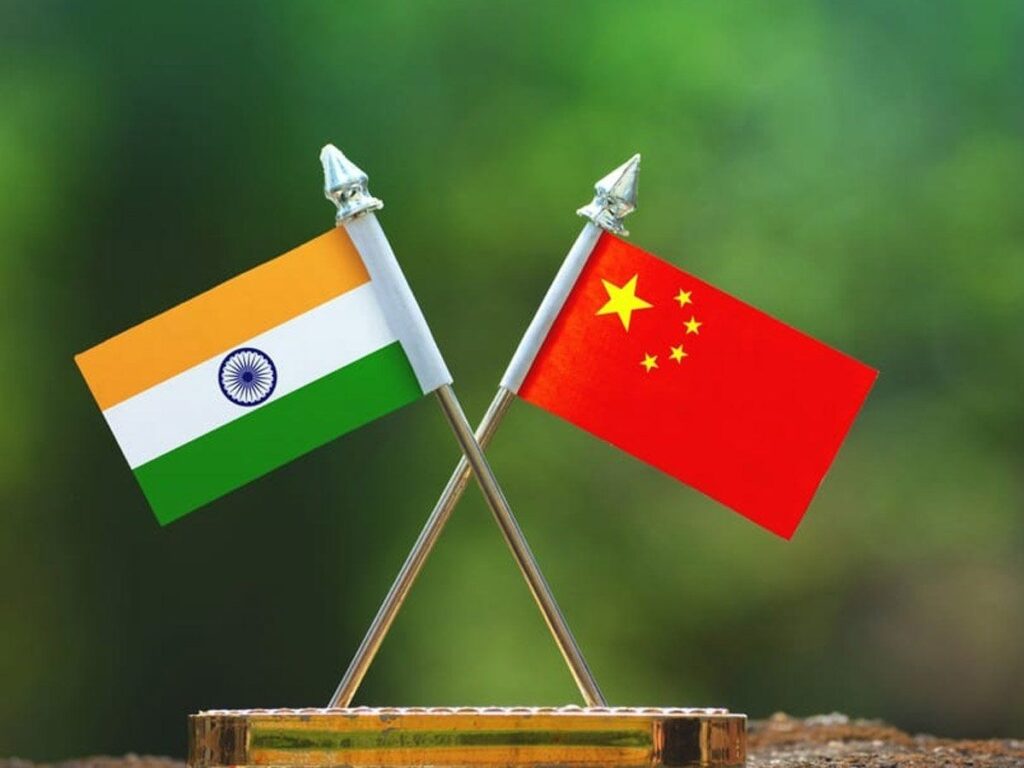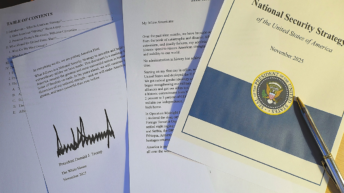
Tensions between India and China over continued Chinese attempts to encroach into Indian territory in its border with occupied Tibet, both in Eastern Ladakh and in Arunachal Pradesh, have been ongoing now for over a decade, largely due to the fact that China has not ceased creeping forward surreptitiously, in what is commonly referred to as ‘salami slicing’ tactics. Post the ice-breaking trip by India’s then Prime Minister Rajiv Gandhi in 1988 to China, and the Agreement on the Maintenance of Peace and Tranquility along the Borders of September 1993, the two countries managed to deal with volatile situations without resorting to the use of kinetic force and without the loss of lives. This changed on 15 June 2020 when the Chinese attacked a small party led by the Commanding Officer of 16 Bihar, Colonel B Santosh Babu, which had gone to check whether the Chinese had dismantled a post in Galwan, as agreed upon in the meeting held earlier at the level of the Corps Commanders. While firearms were not used, the Chinese attacked the Indian party with metal spiked clubs and barbed-wire-wrapped rods. Indian troops rushed in reinforcements and in the ongoing clashes over the night, 20 Indian soldiers including Colonel Babu lost their lives, fighting on the narrow ledge. The Chinese, by various accounts, lost between 35 and 100 men, but no formal acknowledgement of casualties was forthcoming from the Chinese political and military leadership.
This by itself tells a tale. Writing in ‘The Washington Post’, Jianli Yang, the founder and president of Citizen Power Initiatives for China, said, “Beijing fears that admitting that it had lost troops, that too more in number than its opponent, could lead to major domestic unrest that can even put the regime of Chinese Communist Party (CCP) at stake.” After a gap of eight months, in February 2021, China finally admitted it lost four soldiers in the Galwan clash. This was under reporting on a humongous scale, and led to many in the Chinese social media, ridiculing the Chinese claim. This also brought back memories of consistent Pakistan denial of the loss of its troops in Kargil in 1999, which was equally shameful and condemnable.
One year down the line after the Galwan clashes, relations between India and China remain frosty. Both sides mobilised their air and ground forces post the clashes and while disengagement has taken place in some areas, de-escalation is still a far cry away. Post the Galwan clashes, India put a ban on 267 Chinese Apps on security concerns, with the Ministry of Electronics and Information Technology giving out a press statement, “Ministry of Electronics and Information Technology has issued the order for blocking the access of these apps by users in India based on the comprehensive reports received from Indian Cyber Crime Coordination Center, Ministry of Home Affairs.”
India’s External Affairs Minister (EAM) has stated on multiple occasions that relations between the two countries cannot be separated from happenings on the border. As recently as on 20 May 2021, in an event hosted by the Financial Times and the Indian Express, the EAM said that India’s relations with China are at a crossroads, and that the future trajectory of ties will depend on whether Beijing will adhere to pacts aimed at ensuring peace on the border. This insistence by India of linking the normalisation of trade, economic and other ties with China with peace and tranquility on the border marks a major shift in Indian policy, and is at stark variance with Chinese attempts to delink the two.
Chinese intransigence has much to do with increasing Chinese nervousness with the Indian growth story, India’s refusal to join up with China’s Belt and Road Initiative (BRI) and India’s closeness with the US. The Quad is viewed with great concern by Beijing, despite the fact that it has yet to form a charter and as of now, it is not a security grouping. But it is the potential of the Quad to derail Chinese ambitions in the South China Sea and in the wider Indo-Pacific that is a matter of great concern to China.
India’s push back against China in Eastern Ladakh has greatly disconcerted Beijing, which had not anticipated such a firm response. China had hoped that its threat of the use of force would force New Delhi to adopt a more conciliatory tone, especially as India was battling with the Covid-19 pandemic, which had spread from a virus which originated in Wuhan in China. As the Indian political and military leadership held firm, China was not willing to escalate to a limited level conflict, as failure to win would have impacted on the credibility of the CCP leadership. A quick victory in a limited conflict would require air dominance over the Tibetan plateau, which as of now the PLAAF does not possess. India would do well to ensure an edge in air capability over Tibetan air space to deter China.
Sino-Indian relations are unlikely to improve in the near to medium term as Chinese aims and objectives are not restricted to mere grabbing of territory along the Indo-Tibetan border but extend to achieving control over the entire Himalayan massif, which would give them control over the waters which flow into South Asia. While a conflict at this point of time between Indian and China appears unlikely, the probability of such an occurrence in the next decade or so appears high. India would have to prepare accordingly, especially in terms of building adequate infrastructure in all its areas of interest, enhancing its capability in the Command, Control, Communications, Computers, Information, Intelligence (C4I2) domain, countering Chinese missile capability and in maintaining a credible air deterrence.
There is also a need to look Southwards towards the Oceans, where credible deterrence can be imposed on China on select choke points. India would have to invest more in sea capability and strengthen its naval arm accordingly. Greater focus would also be required on improving India’s defence industrial base, especially in terms of cutting edge technologies. Finally, on the political and diplomatic front, India would have to lead in strengthening the Quad and in countering Chinese moves in the area. Peace with China can only come about if India remains strong and vigilant, ready to impose costs on Chinese intransigence. India must prepare accordingly.






Interesting and well brought out paper.
Sir excellent article. I like when you talk about need to enhance Indian capability in maritime domain. However while working out the scope of this capability building it needs to be understood that it is not Indian Navy alone but a comprehensive combat power entailing all three services and the Indian Coast Guard. It is my belief that India can unhinge China in northern theatre also by posing threat to his trade in Maritime Domain.